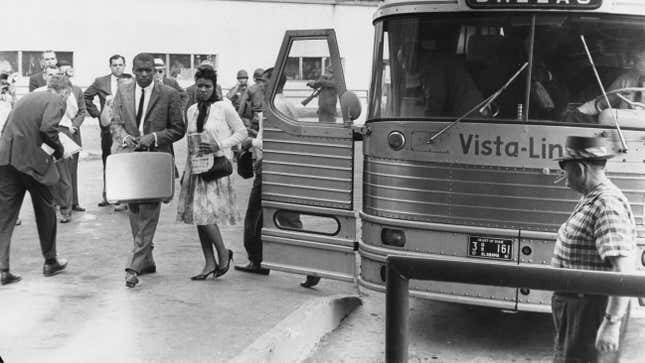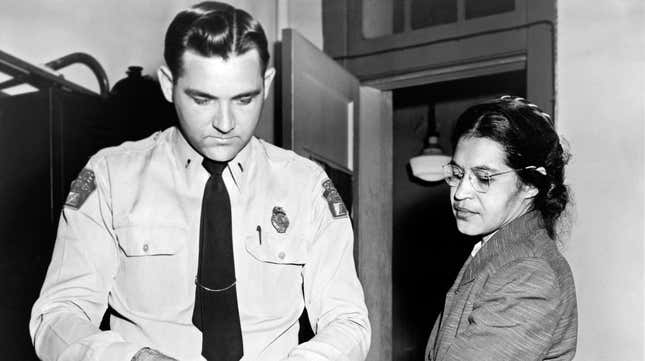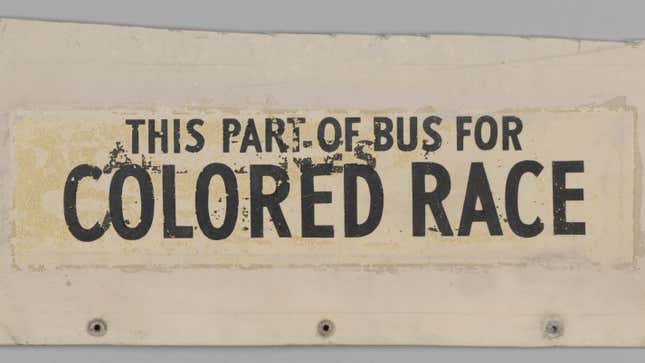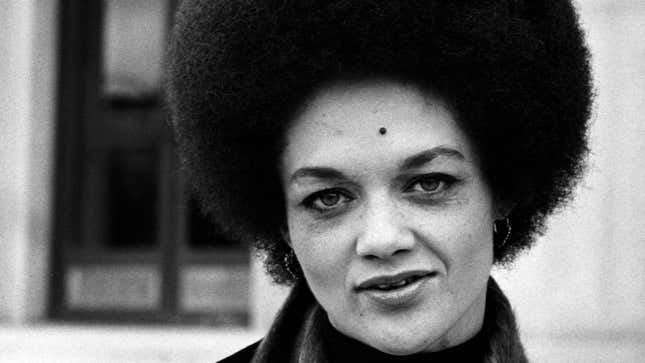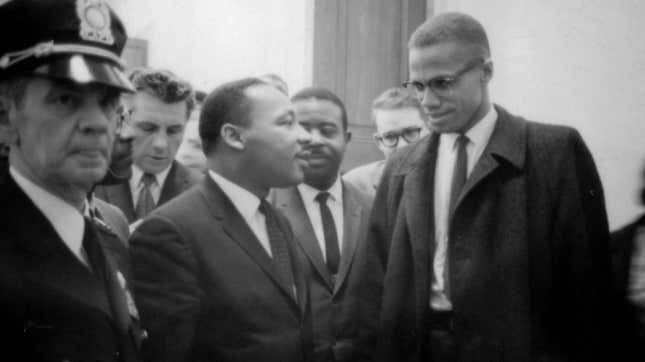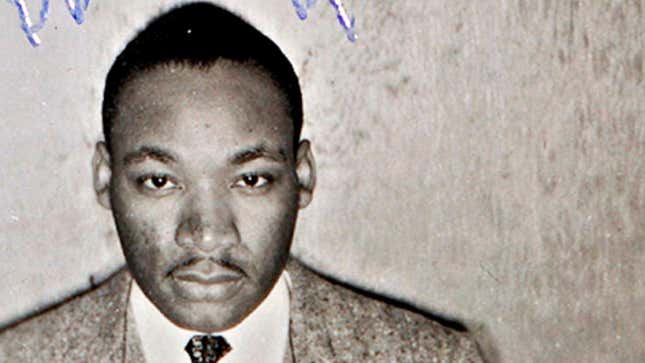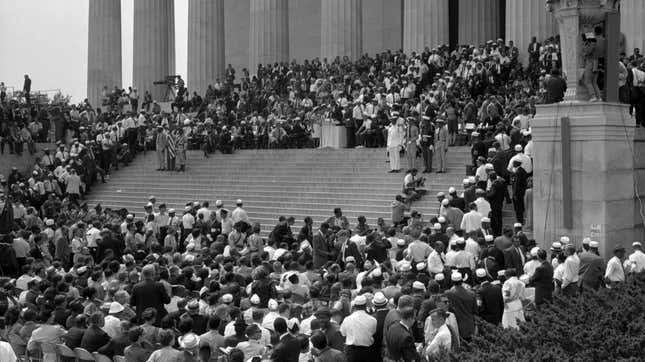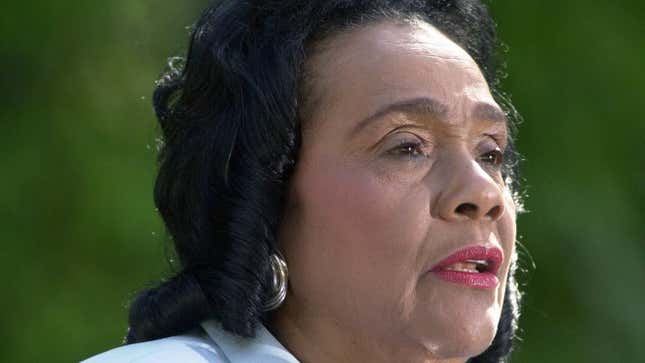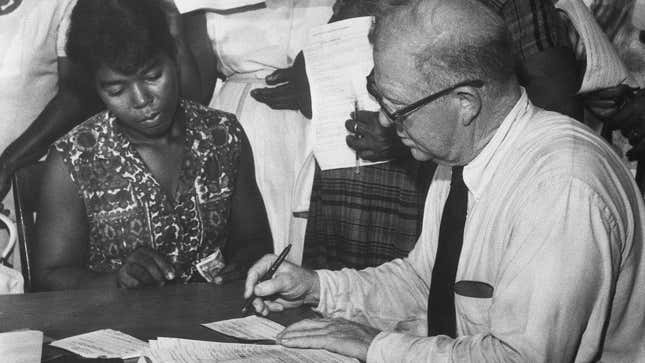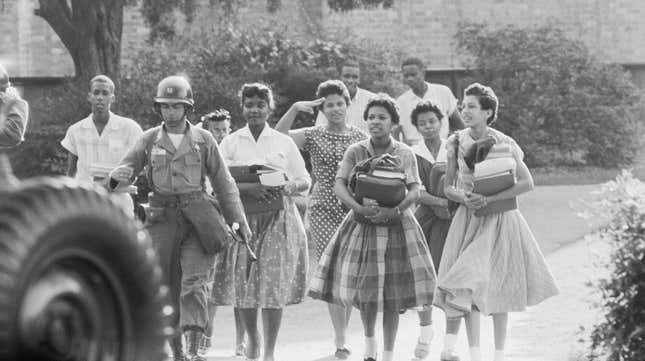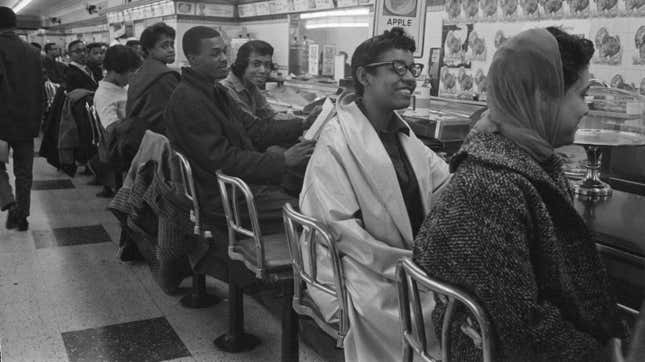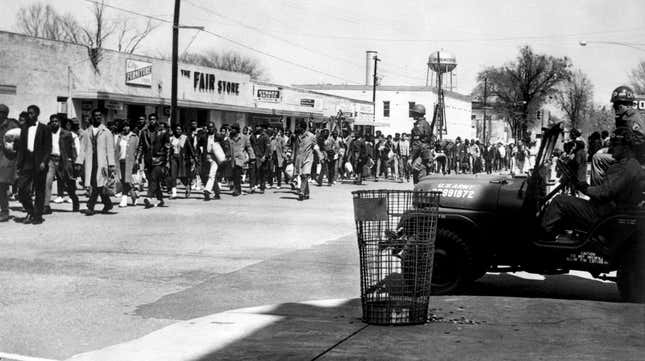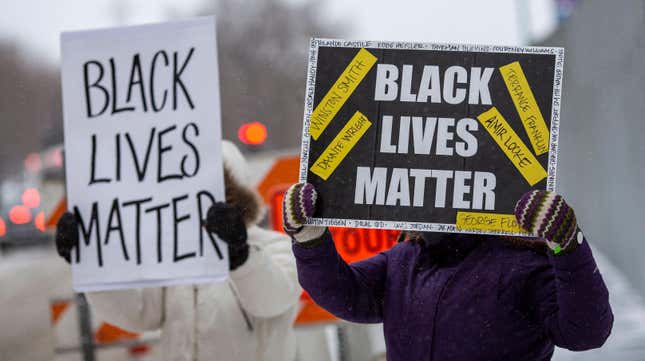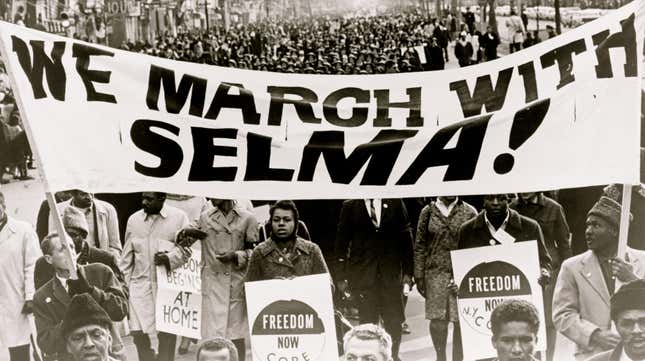
In this digital age of disinformation, it’s easy for simple facts about the Civil Rights Movement to get misconstrued. During this era, which rose to prominence in the 1950s, Black folks worked diligently—and even lost their lives along the way—to level the racist playing field and achieve equal rights. As we continue to celebrate Black History Month, here are some important things to get right about one of the most vital movements in American history.


